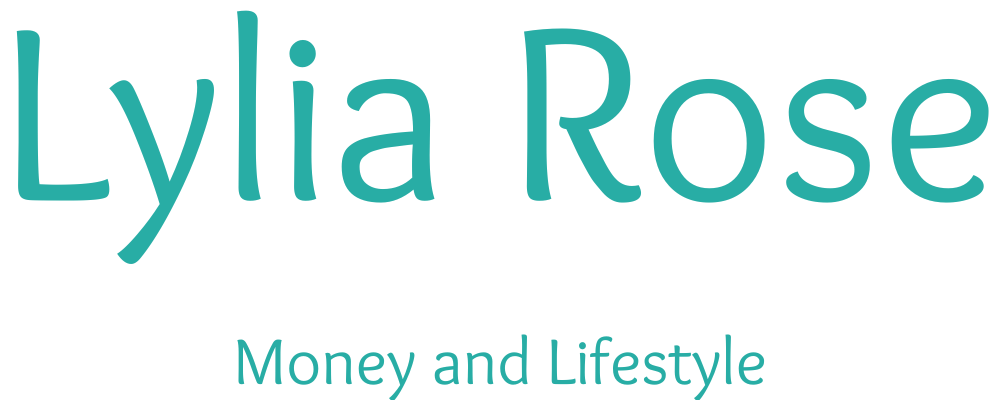Slip, Trip, and Ouch! The Hidden Fall Hazards Lurking in Retail Stores
Posted on
Walking into your favourite retail store should be a stress-free experience—browsing aisles, testing products, and maybe catching a good sale. But behind the polished floors and neatly stacked displays, there’s often a hidden danger: fall risks.
Whether it’s a slick entryway after a rainstorm or a bunched-up rug near the register, these hazards can lead to serious injuries. If you’ve ever been injured in one of these situations, consulting a personal injury lawyer in Roswell could help you understand your rights and possible compensation options.

Slippery Floors: The Classic Culprit
It’s no surprise that wet floors top the list of retail hazards. Spilt drinks, freshly mopped tiles, or rainy customers tracking in moisture can all create dangerous conditions in seconds. Many stores post yellow “Caution: Wet Floor” signs, but even then, timing and visibility matter. If employees fail to dry or section off an area quickly enough, unsuspecting shoppers can lose their footing.
Slips often happen near entrances, in restrooms, or in grocery aisles with refrigeration units that leak condensation. What might seem like a small puddle can cause a painful tumble, leading to sprains, fractures, or even head injuries. Regular floor checks and prompt cleaning are crucial—but unfortunately, not all retailers stay on top of it.
Loose Rugs and Mats: The Sneaky Trip Traps
While slippery floors are obvious hazards, loose rugs and mats often fly under the radar. Retailers typically use mats near doorways to absorb water and dirt, but when these shift out of place or curl up at the edges, they become tripping traps.
Imagine walking into a store and catching your toe on the edge of a rug—before you know it, you’re on the ground. A fall like that can result in anything from minor bruises to serious back or shoulder injuries. Proper placement and maintenance of mats are key to safety. Anti-slip backing, secure adhesive strips, or regular repositioning can make all the difference in preventing these avoidable accidents.
Poor Lighting: The Invisible Danger
Good lighting isn’t just about creating a pleasant shopping vibe—it’s actually one of the simplest ways to keep people safe. When aisles are dim or bulbs burn out, it’s easy to miss things like uneven flooring, dropped products, or cords that shouldn’t be there. If shoppers can’t clearly see where they’re going, a trip or fall can happen in an instant.
This kind of problem often shows up in storage areas, stairwells, or older buildings where upkeep isn’t always a top priority. The fix is simple: make lighting checks part of regular maintenance. Replacing bulbs and keeping pathways bright doesn’t just make a store look better—it helps everyone walk with confidence.
Cluttered Aisles: When Inventory Becomes an Obstacle Course
Restocking shelves or rearranging displays might seem routine, but if boxes, carts, or products block pathways, shoppers face unexpected hazards. A cluttered aisle doesn’t just disrupt the shopping experience—it increases the likelihood of a fall.
Retail staff should be trained to keep aisles tidy, keep cords out of the way, and store inventory properly. Even temporary obstructions should be clearly marked to warn customers. A glance around most stores during a busy restock shows how easy it is for safety to take a backseat to efficiency.
Uneven Surfaces and Damaged Flooring
Cracked tiles, torn carpets, or uneven transitions between surfaces might seem like minor maintenance issues, but they can have significant consequences. A shopper pushing a cart or walking while distracted by displays can easily trip over an uneven edge.
Retailers are responsible for maintaining safe premises. Routine inspections and timely repairs should be standard practice. Unfortunately, in some cases, flooring damage goes unnoticed—or worse, ignored—until someone gets hurt.
Footwear Matters, Too
While the store’s condition plays a huge role in fall prevention, customers’ footwear can also influence safety. Shoes with worn soles or high heels can make navigating slippery or uneven surfaces even riskier. Many stores encourage employees to wear non-slip footwear, but shoppers should also be aware that proper footwear can help them avoid injury.
That said, the burden still lies with the store to maintain a safe environment. No one should have to worry about dangerous flooring while running errands or enjoying a shopping trip.
Preventing Falls: A Shared Responsibility
Both retailers and customers can help reduce fall risks. For businesses, this means prioritising safety checks, maintaining clean and dry floors, and providing proper signage. For shoppers, staying alert and reporting hazards can make a difference, too.
When prevention fails, however, injuries can be costly—not just physically but financially as well. Medical bills, lost wages, and long recovery periods can take a serious toll. That’s when reaching out to a personal injury lawyer can be an important step in getting fair compensation and holding negligent parties accountable.
Conclusion
Falls in retail stores might seem like minor accidents, but their effects can be life-changing. From wet floors to loose rugs, these hazards are often easy to prevent—but too frequently overlooked. If you’ve experienced such an injury, talking to a personal injury lawyer can help you understand your options and pursue justice. A simple slip shouldn’t lead to lasting hardship—and awareness is the first step toward prevention.
